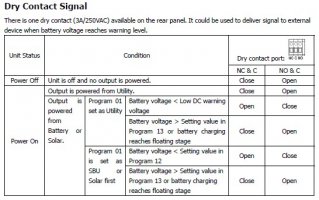Ryan Gunner
New member
- Joined
- Sep 2, 2017
- Messages
- 12
hey guys,
i'm planning to build a powerwall with nissan leaf battery modules. the following is my plan of attack for the battery pack itself.

what do you guys think about the arrangement and choice of breakers, cell fuses, dcfuses, etc.? do you recommend better stuff or i do something differently?
my typical load won't exceed 2000watts as this is only meant to power my home-office and not the whole house. i don't plan to use a bms for a while until i can save up some cash for a batrium.
i do have some questions i haven't been able to sort out myself. please see if you guys can help me out with these.
good day!
cheers,
ryan.
i'm planning to build a powerwall with nissan leaf battery modules. the following is my plan of attack for the battery pack itself.

what do you guys think about the arrangement and choice of breakers, cell fuses, dcfuses, etc.? do you recommend better stuff or i do something differently?
my typical load won't exceed 2000watts as this is only meant to power my home-office and not the whole house. i don't plan to use a bms for a while until i can save up some cash for a batrium.
i do have some questions i haven't been able to sort out myself. please see if you guys can help me out with these.
- if using twisted (with a vice and drill) copperwire for busbars, how do i calculate the thickness/ gaugeneededfor a system this size?
- what settings do i use with the PIP/MPSolar inverter to keep my pack from falling below 21v and going above 24.6v.
for example, what do i set for the following:
- bulk charging voltage
- floating voltage
- low dc cut-off voltage
- back to utility voltage
- back to battery voltage
i do understand the first 3, but what exactly does the last 2 settings mean?
and i know float charging is not suitable for li-ion batteries. so, is it not possible to disable the floating stage on PIP inverters?
- is there any budget friendly (probably off ebay) solution that can terminate the charging current from the inverter to the pack if any of the 6 cell-group voltages go above 4.1v? cause i'm thinking if one group becomes faulty (lose voltage but still conducts current), the rest of the groups will go above 4.1v to compensate.
good day!
cheers,
ryan.





